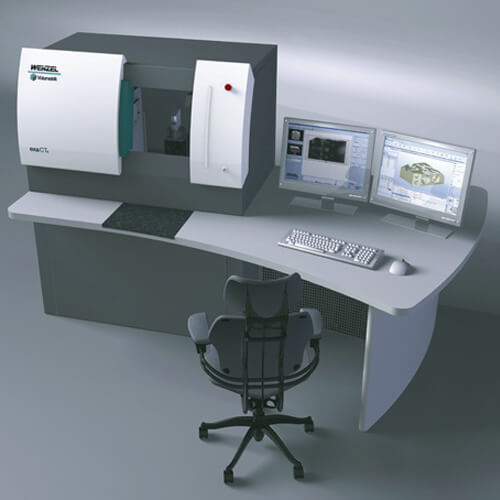CT scanning technology can inspect the interior structure of the injection forged, molded or cast parts made from composites, polymers, plastic and metal products, without causing any damage to the objects. Seeing through a solid object was once a fantasy, but the technology of computed tomography imaging has made it possible. It is now being used in various industrial metrology settings for packaging integrity and product evaluation.
Why You Should Start Using CT Scanners

30
Apr




